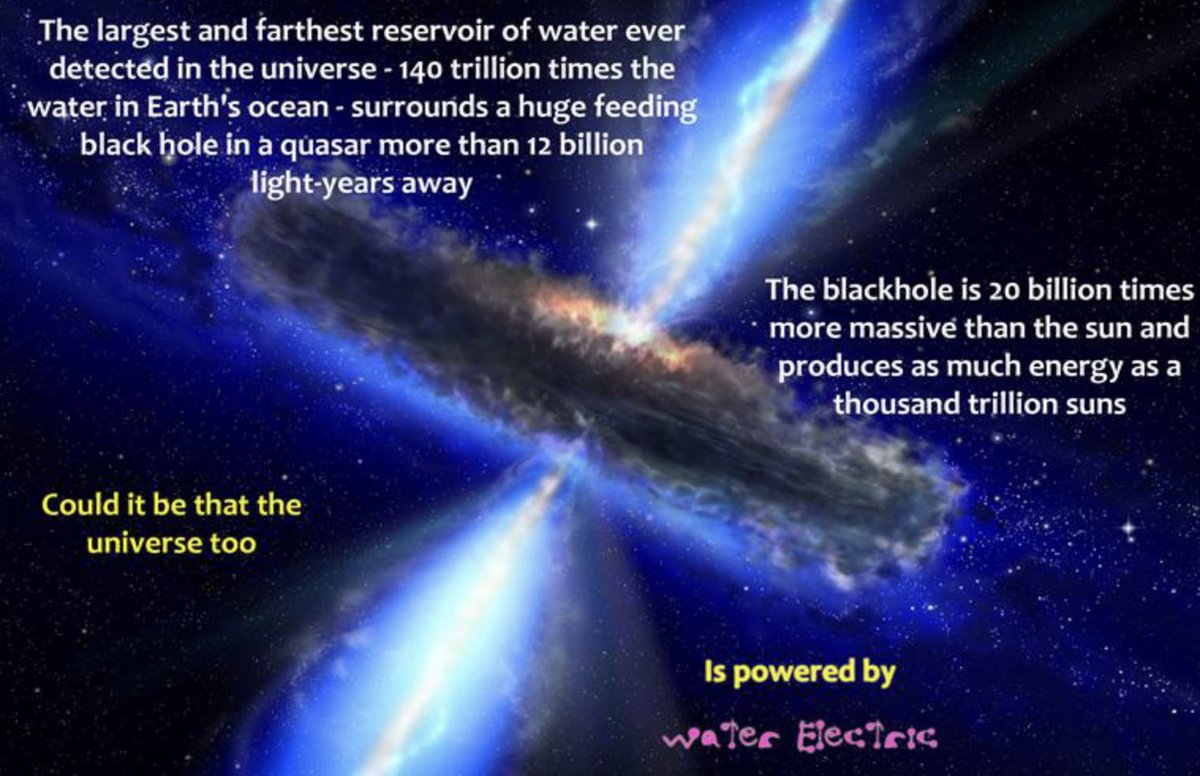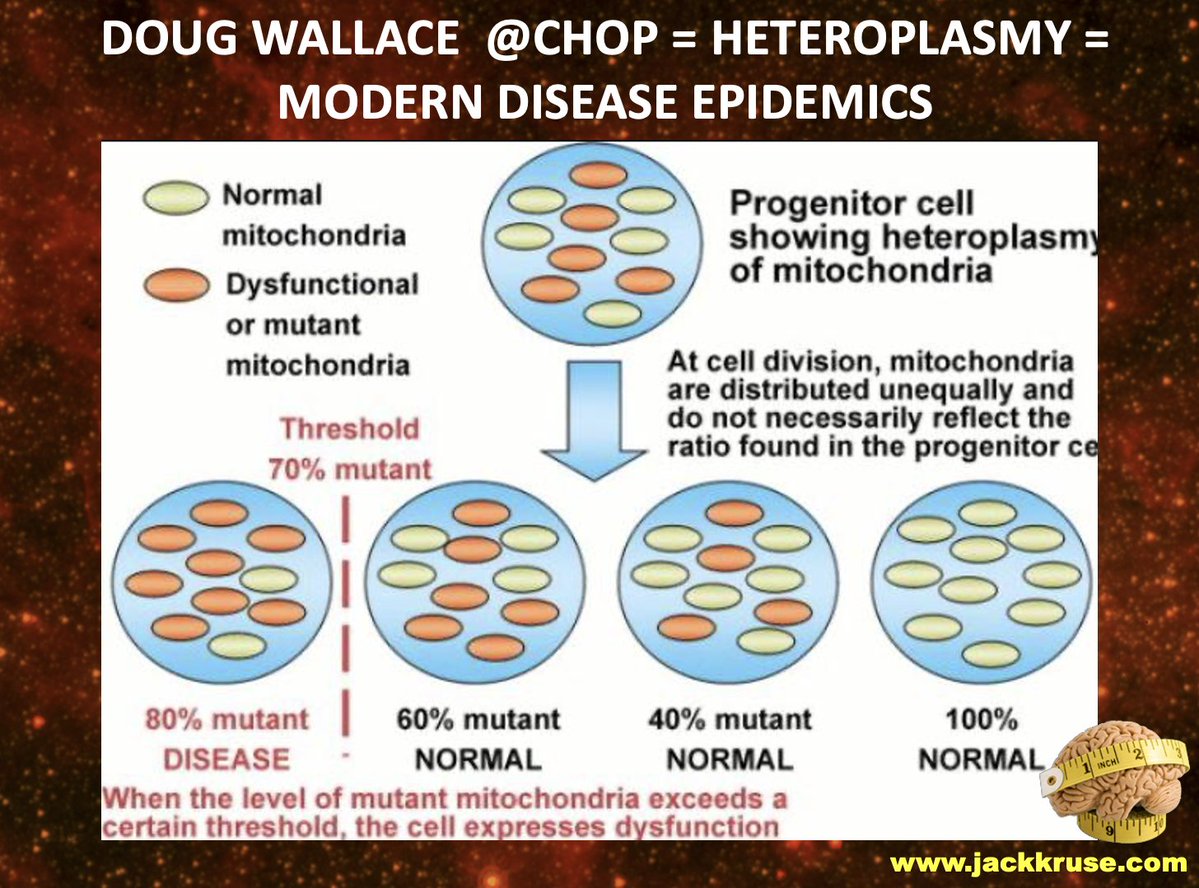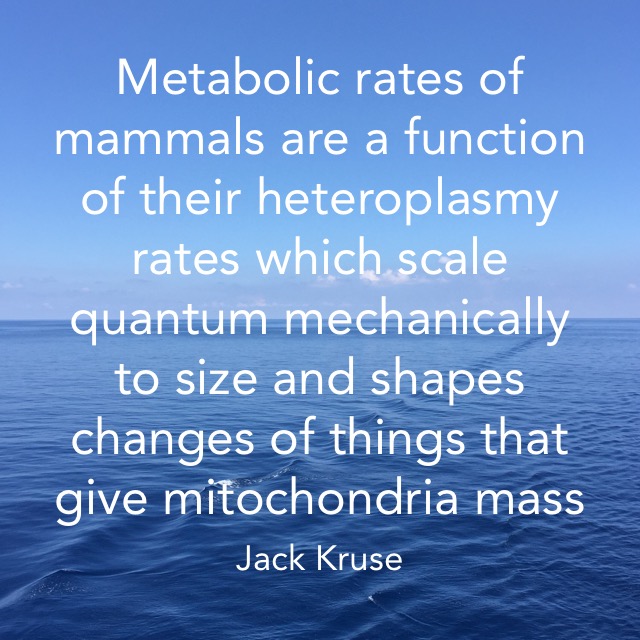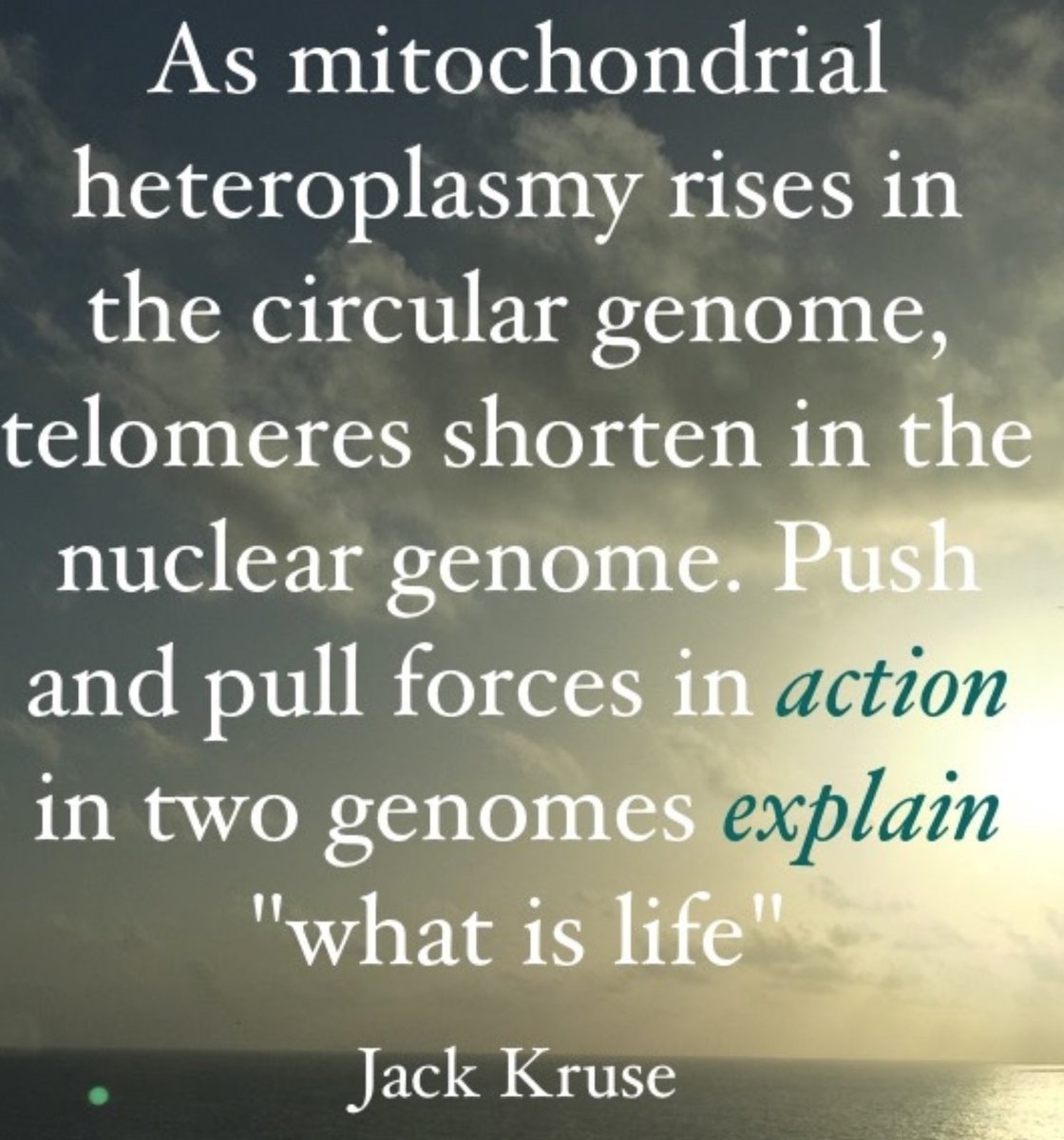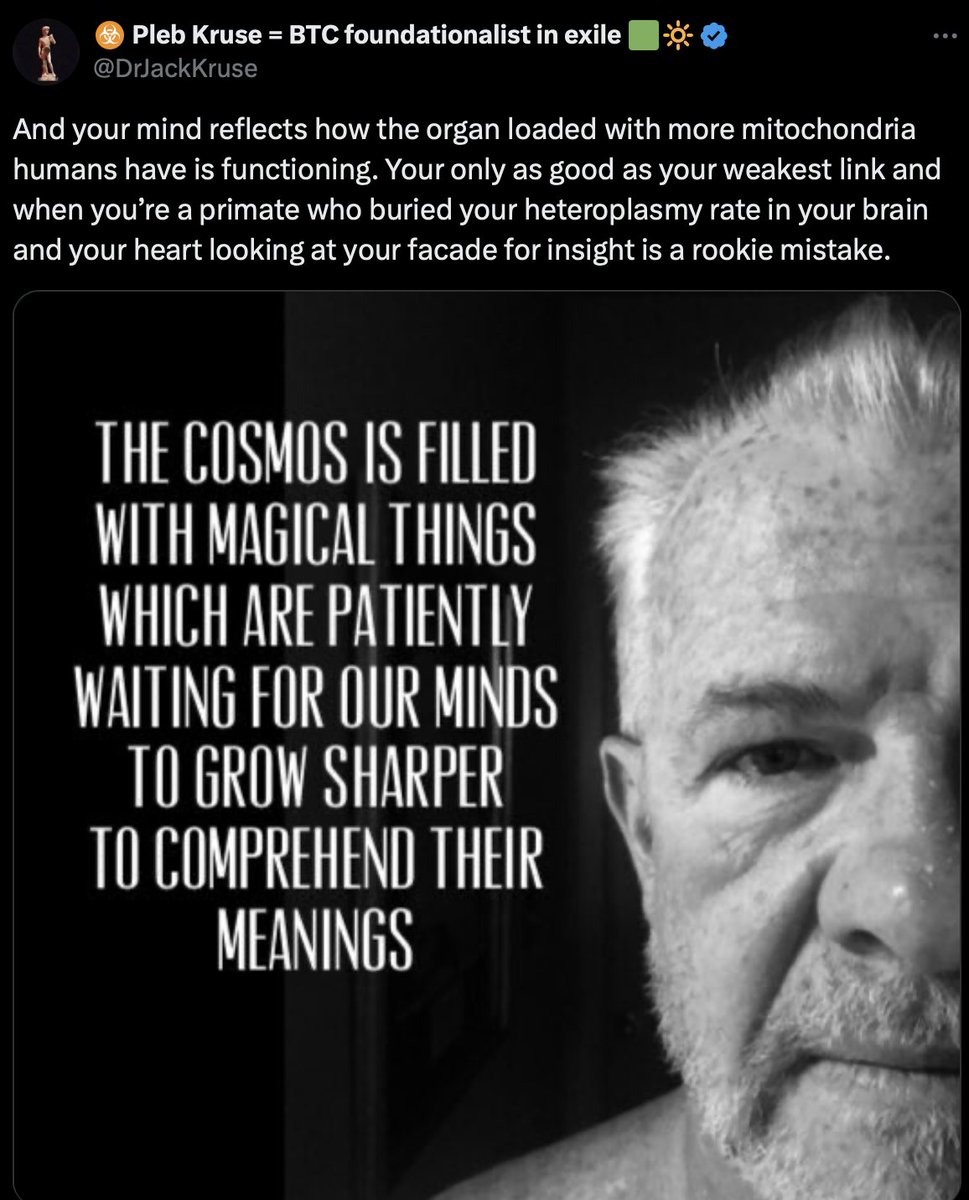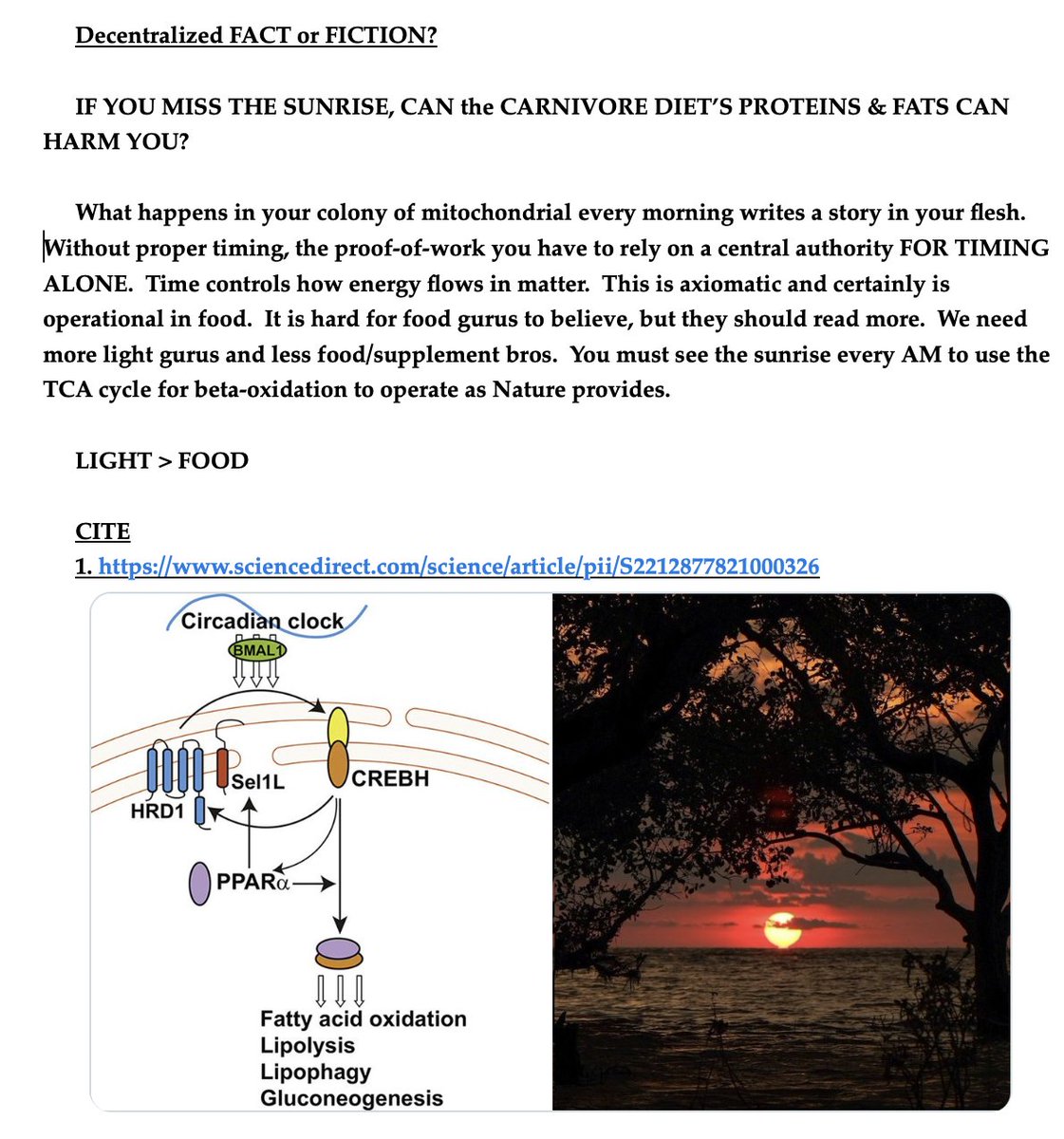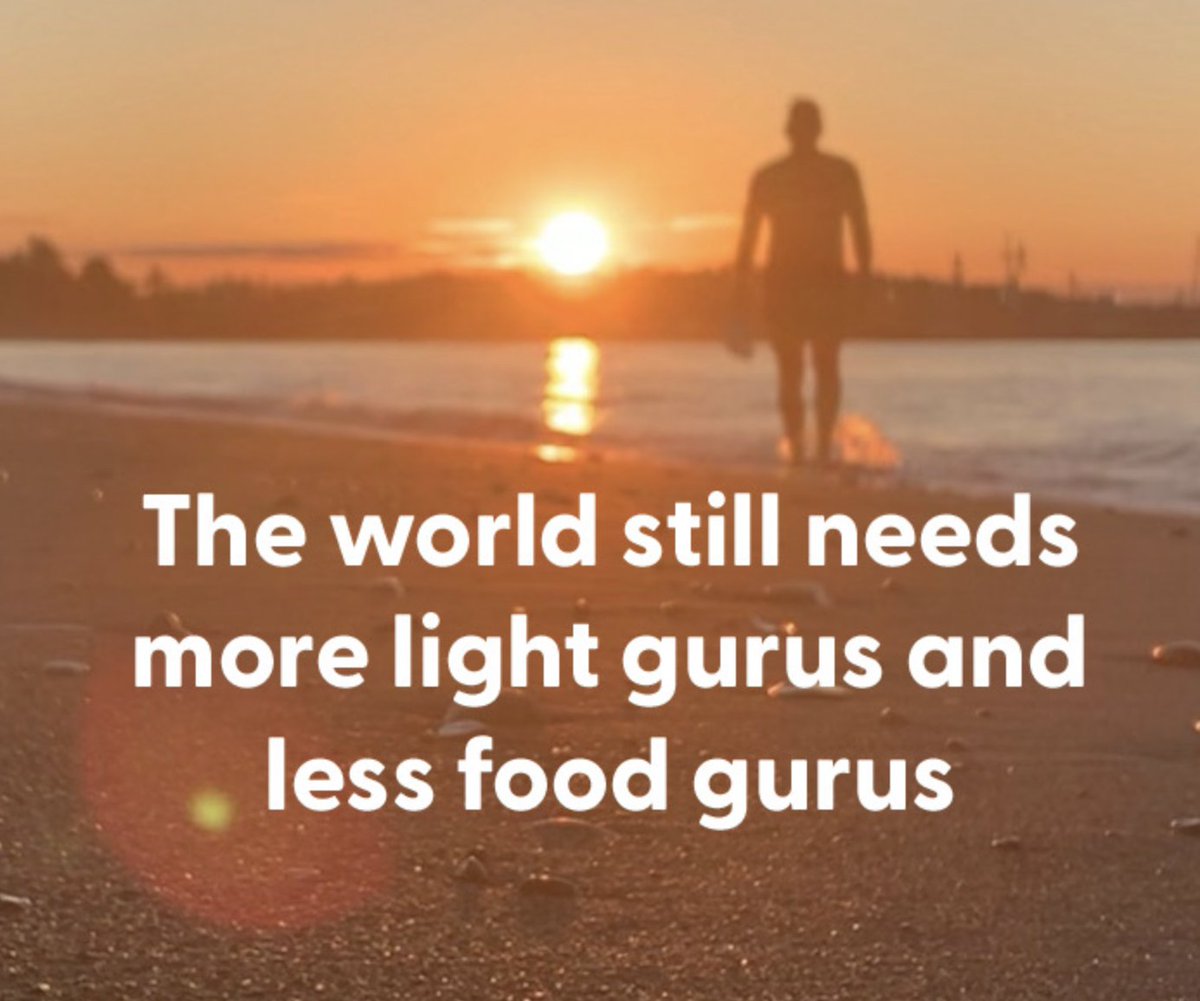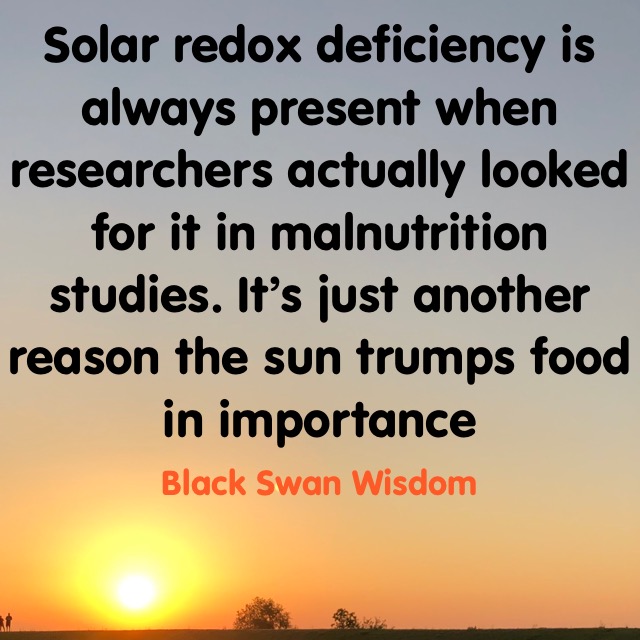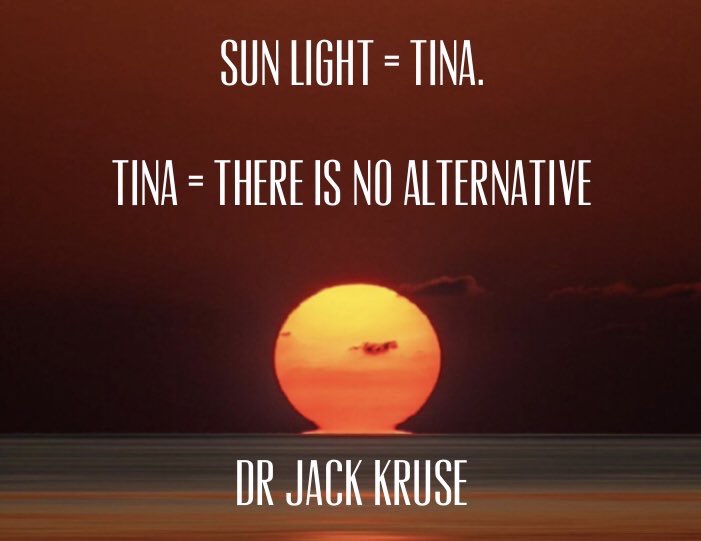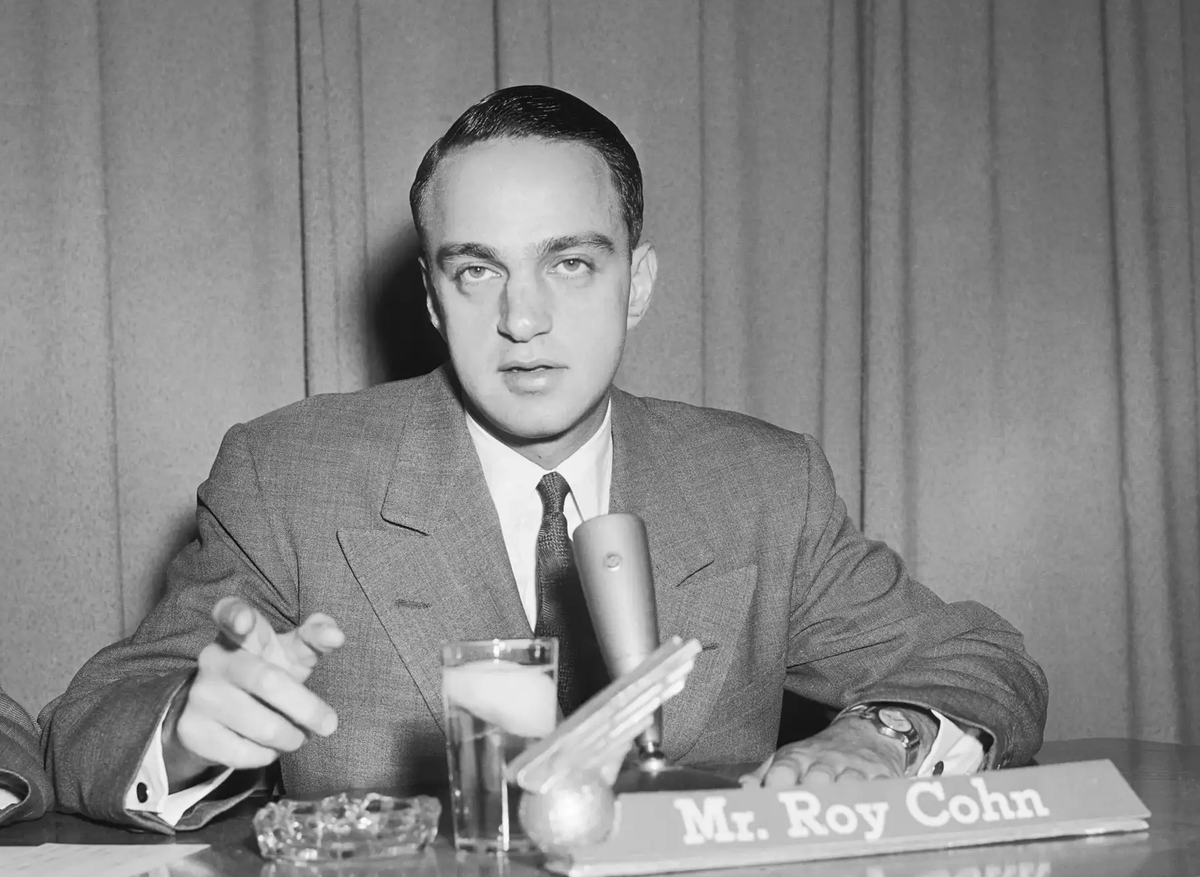1. Anna doesn't know her history well and she clearly never read my reality series of blogs. Shall we school her?
https://twitter.com/Annairvin12/status/1672617470954438661
2. I will remind you again, we have two genomes in us, one bacterial that controls energy flux in tissues and the other virally based that controls nuclear-based genes. The bacterial one mutates 5 times faster than the other and it shows maternal inheritance. It is massively… https://t.co/vDZBXow2vdtwitter.com/i/web/status/1…


3. So what happens when we block parts of the spectrum of the sun or get too much of parts we are not supposed to experience? Can separated visible light cause digital toxicity in the skin & eyes of Ancient humans?
Do you know when this “light assault” really began on human… https://t.co/336mFQVBCwtwitter.com/i/web/status/1…

Do you know when this “light assault” really began on human… https://t.co/336mFQVBCwtwitter.com/i/web/status/1…

4. Humans have always wanted to look attractive. Even in ancient times, people desired to avoid sunburn. This takes us back to the Egyptian days. Egyptians always considered light skin more beautiful than dark skin. However, Egypt’s sun-drenched environment made it difficult to… twitter.com/i/web/status/1…
5. The Egyptians used ingredients that have been rediscovered by modern scientists. For example, the Egyptians used rice bran extracts in some of their sunscreen formulas. Today, gamma oryzanol is extracted from rice bran and is used in industry for its UV-absorbing properties.… https://t.co/5VOAafao20twitter.com/i/web/status/1…


6. In the early 1930s, a South Australian chemist, HA Milton Blake, experimented and produced a sunburn cream. Following this invention, the founder of L’Oreal Company, chemist Eugene Schueller refined the invention and the first sunscreen made its debut in 1936. Guys, 1936 is… https://t.co/BArJMH2MJutwitter.com/i/web/status/1…


7. Later in 1938, a famous chemist called Franz Greiter developed a cream that he named Gletscher Crème or Glacier Cream. He also came up with something called the sun protection factor which is now known as the SPF factor in sunscreen. Franz invented the SPF factor which then… https://t.co/SfsxTs9ys4twitter.com/i/web/status/1…


8. Finally, in 1980, Coppertone developed the first UVA/UVB sunscreen which has been in the markets with different names.
Scientists are still searching for more effective ways to protect the human body against the sun. In my opinion, they should stop. The best way to protect… https://t.co/1uO23F8sWXtwitter.com/i/web/status/1…

Scientists are still searching for more effective ways to protect the human body against the sun. In my opinion, they should stop. The best way to protect… https://t.co/1uO23F8sWXtwitter.com/i/web/status/1…

• • •
Missing some Tweet in this thread? You can try to
force a refresh




